 |
|
| Issue #97 • January/February, 2006 |
Potato plants need plenty of sunshine, a well drained soil, and no weed or grass interference. Ideal soil is a loose sandy loam with plenty of humus and potash content. Soil needs to have a pH of 4.8-6.5, but don’t hesitate to plant them if the pH is a little higher than that. Almost any good garden soil will raise potatoes, but like anything else, potatoes have their limitations where climate and soil are concerned. Don’t expect much of a crop where wet or boggy conditions prevail.
Also, the higher the pH, the more likely the tubers will be victims of scab. If the scab is not too intense, the tubers will be usable by scraping or peeling them before cooking.
If your garden, as a whole, needs liming, be sure not to apply lime within a year of planting to the area where potatoes are to be grown. Almost the same rule applies to digging in barnyard fertilizers. Those are best applied several months before potatoes are to be planted so that they may be thoroughly decomposed by planting time. Turning under a good green cover crop such as clover or other leguminous green manure crop within a few weeks of planting potatoes is very beneficial.
Timing is crucial in planting potatoes. Here in southwestern Arkansas (Zone 8), there’s the old rule of planting as close as you can get to February 14. However, that definitely has to be adjusted if planting conditions are “not right”too wet, too cold, etc. If this is your first time to plant potatoes, check with a gardening neighbor or your local County Extension Agent. They will know about the best planting time in your area.

Most local seed stores have seed potatoes available in early spring. A few will have them in the fall, too, but fall is a risky time for potatoes, as temperature is a crucial factor in raising them. An early frost can wipe out a potato patch. Potatoes do best when temperatures go down to about 53°F at night and do not soar into the upper 80s or 90s during the day.
If ordered from a seed company, seed potatoes will arrive already cut and treated unless you specify whole potatoes. If purchased locally, you will probably get whole potatoes, which you will need to prepare for planting. Simply cut the potatoes in fairly large pieces, each piece containing one or two eyes. It’s best not to have several eyes on a piece as too many shoots will develop, thus cutting down on the yield.
Cut the pieces a day or so in advance of planting. Spread them out on a level surface in a cool room so that the cut surfaces will dry somewhat. (A “cured” surface is more disease resistant than fresh cut.) Another good preventive against disease is to put the pieces in a bag containing some powdered sulphur; shake until all are coated and plant.
The old reliable method for planting potato pieces is to plant them in “hills.” Pieces are buried eyes up, 3 to 4 inches deep, two to a hill in hills spaced about 20 to 24 inches apart. Soil should be in good condition and deeply pulverized. If clay soil is a problem, it should be improved several weeks ahead of time by adding plenty of organic material, compost, etc. Heavy soil restricts the growth of potato tubers.
Some gardeners prefer the trench method of planting, particularly if they are using commercial fertilizer. Trenches are dug about 8 inches deep and fertilizer scattered along the bottom of the trenches. Two inches of dirt are put on top of the fertilizer, and the potato pieces are placed on that about a foot apart. Roots will reach down to the fertilizer as the plants grow. Potato pieces coming into direct contact with fertilizer will “burn.”
|
Keep plants hilled-up by drawing dirt up around the bottoms of them. Young plants can be nipped by harsh cold, so it is a good idea to put down a good organic mulch when planting, adding to it later if necessary. This also keeps soil from packing when heavy rains occur.
We like our raised-bed method for growing potatoes. With the soil in loose condition, potato pieces are placed about a foot apart on top of the soil. About 4 inches of shredded organic mulch is then distributed over the bed. Plants easily push through the mulch. More mulch is added as needed to help retain moisture and keep tubers from being exposed to the sun. This method produces a cleaner potato and one that’s easy to harvest.
Plants need plenty of water to develop tubers, so don’t hesitate to water thoroughly if there is a prolonged dry spell. Also, as with many other vegetables, practice crop rotation from year to year. This helps keep down diseases that may linger in the soil and assures that it is not depleted of nutrients, as happens when the same vegetables are grown in the same spot year after year.
Potatoes should be dug as soon as vines die down. Tubers may be spread in a shady place until any clinging dirt has dried. Whisk the dirt off with a soft brush in order to avoid damaging the tender skins and move them to a cool, dark, well-ventilated area for storage.
Everyone enjoys potatoes in one form or another: baked, scalloped, mashed, French fried, and so on. Potatoes are the top seller to go with our burgers. Have you ever heard of anyone ordering a favorite burger with a side order of broccoli?


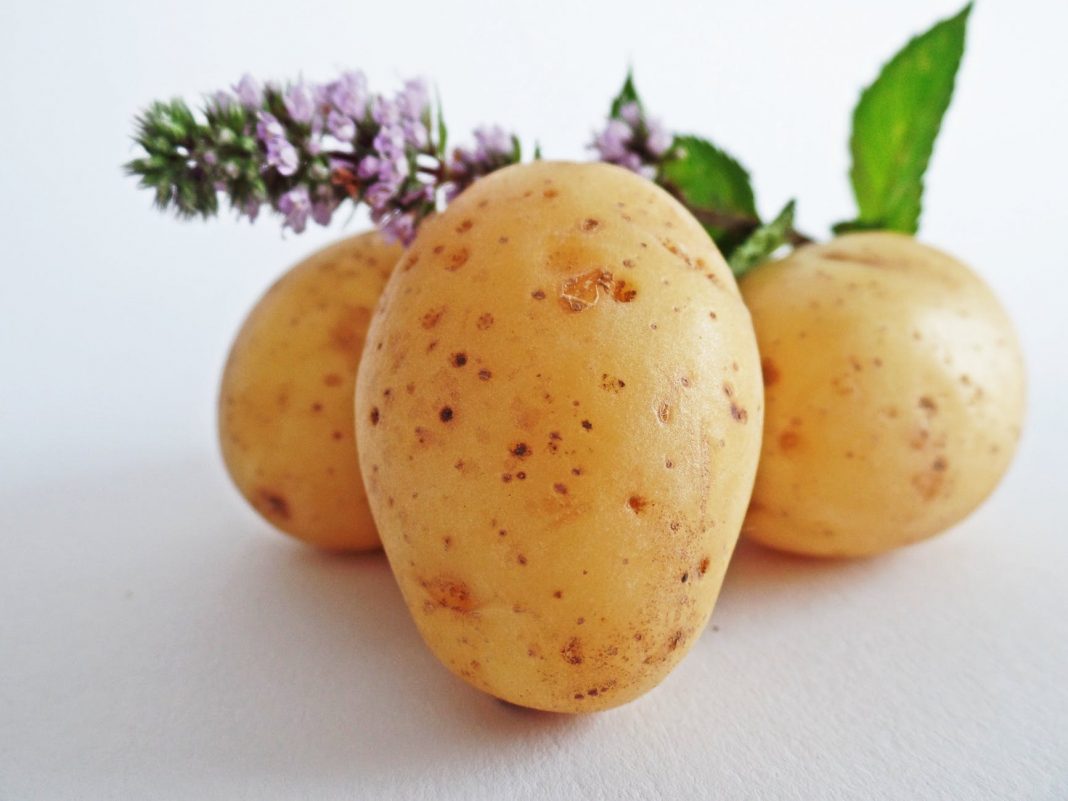






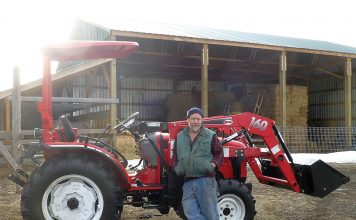

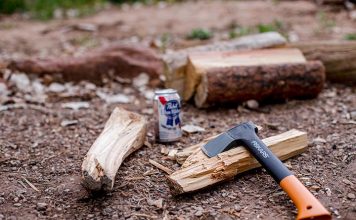
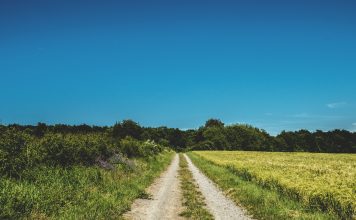
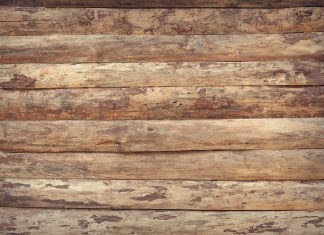

Hi Cara, here it is nearly a year later and I just stumbled across your post after finding this website. Apparently this is not the best place to ask for advice, especially if you need it in a hurry! LOL. Don’t know if you’ll ever see this, but wanted to let you know that someone finally saw your post. I also live in a hot climate (southeast
Louisiana) and, like you, am new to growing potatoes. Found a few potato plants growing from some of the potato peelings buried in my compost pile last summer so decided to plant them in a big pot with leftover soil. Having read previously that the plants needed soil hilled up around them as they grew taller, I continued adding more soil over the next couple of months or so. After the tops died, I emptied the contents of the pot and was rewarded with several potatoes for my efforts — pea to marble sized, but potatoes nonetheless. ? I thought the scant harvest was due to the plants meager beginnings as peelings from store bought potatoes and decided 59 try again this year using real seed potatoes. Unfortunately, Hurricane Ida caused a few problems that delayed my 2022 gardening plans and I wasn’t able to buy and plant my potatoes until mid March through late April. Then I read that the best planting time for potatoes in our area is Jan-Feb.since temps above 80 halt potato production, which I suppose also explains last year’s meager “harvest”. So now I’m doing the best I can to keep the soil in my potato pots from getting too hot while anxiously hoping for the best despite my late start. Plants are starting to bloom now, so I’m hoping it won’t be too much longer before the tops die and that I’ll reap enough decent sized potatoes to have been worth the effort. If nothing else, it’s been a good learning experience; I’ve sone a lot more research on potato growing and am determined to be better prepared to grow a good crop in 2023. I hope you’ve done your own research so you can also enjoy the rewards of growing potatoes in containers. Best of luck, neighbor!
I had some potatoes that grew old with plenty on “eyes”.. I thought oh well let’s see what happens if I plant them… I cut them in quarters and stuck them in some flower pots with left over dirt. Lots of rain and watering have produced tall green flower/ stalks? .. a shock that anything grew to this city gal….Not sure WHAT to do now.. I keep watering and they keep growing….Advice please???
And all this during the end of July / First of August of all times.. really hot here in Texas.
Thank you!